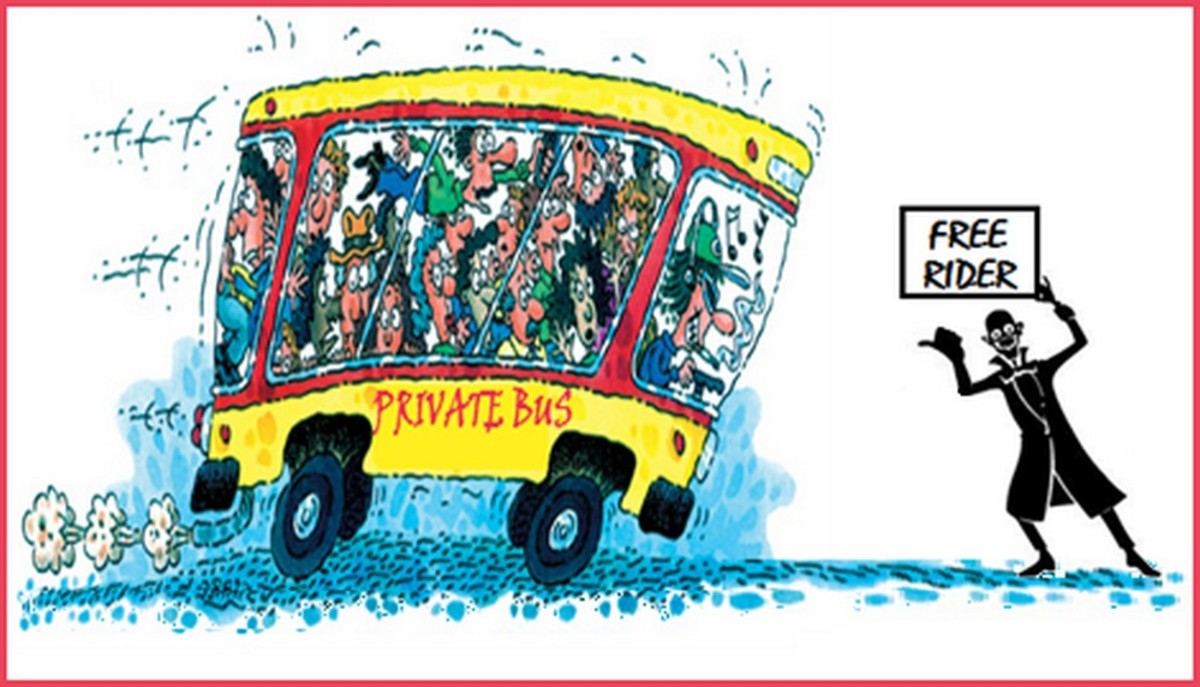Why "Gig Economics" Will Fail
The Failure of a Gig Economy
What is a "GIG" Economy?
In order to accurately define "Gig" economy, a trendy word that hides the truth and facts of employment in the US. today, it is necessary to understand that the word "gig" traditionally referred mainly to musicians who were hired for a specific engagement.
When it is applied to labor in the U.S., it really isn't a "gig" so much as a replacement for the word "temp."
So the question to ask is, "Can labor in any country survive ONLY on temps working part-time and cobbling together 3 or 4 "gigs" to earn what a full time job used to pay?
It is certainly true that automation has given rise to loss of jobs. However, automation cannot replace your broken water heater or repair your automobile's transmission. Leaky roof? Call a robot?
You can see why "gig" economics has been manipulated, not for improving the status of labor in the U.S., but to create higher profits for business owners.
Today, employees are hired for shorter periods of time, which means excessive employee turnover. Does that cost employers? No. The reason is that business owners don't hire emplouees. They hire a recruiter who is also an employer who provides temp workers, thereby relieving employers of paying employee benefits and contributing their portion of employer taxes.
Since the rule of thumb in industry has been to cite anyone who works less than 30 hours a week as "part-time," relying on part-time employees hired by a recruiter who pays their wages, business owners no longer have the job of paying wages, benefits or corporate taxes.
You can see already why this cannot last. The more business owners pay less and less taxes and their employees must work multiple "gigs" and pay the lion's share of taxes to the federal and state governments, the closer the economy gets to a serious reduction in financial support that can only come from enforcing business regulations and taxation.
From the corporate sector, there is the whining that businesses pay too much in taxes. Do they? Check again.
Employees and customers pay more than most business owners in taxes out of wages that have been deliberately stagnated using the excuse, "It's a gig economy."
Employers and customers also hand over massive federal tax cuts and cold hard dollars in tax subsidies, often to state and federal governments.
In the U.S., the Government Accountability Office tracks the amount of return each state receives for the federal taxes they pay. It should surprise no one that according to the State University of New York's Rockefeller Institute of Government, "just 13 states subsidize 37 others."
As such, this means that employees in 13 states are earning more and getting a far less return for their wages. They worker harder and are still struggling to keep their heads financially above water.
The Downside to Gig Employment
The downside to "gig economics" is that these recruiter/employers can only earn their incomes through high job applicant turnover. Thus, they hire and as soon as their client's contract for employees run out, they fire job applicants/employees and replace them to increase their commissions and profits.
The hallmark of "gig economics" is "short term" workers In some industries like construction, chemistry and engineering, short term projects are expected. What goes with "gig economics" is this: When multiple jobs are held short term, it almost always means working longer hours for the same wages a full time job once paid.
Longer work hours means less time for personal needs and quality time with families. It also means an increase in the cost of travel to and from jobs, not to mention the loss of time involved.
Another consideration is "job uncertainty." It's easy to explain gigs being plentiful due to the need for increasing jobs during holiday seasons. But, as most individuals know, holidays pass and there is that "down time" in businesses when customer spending drops off until the next big holiday.
Where is the reliability in earnings then?
Today, 57 million Americans work in gigs. This includes multiple job holders and those whose arrangements are short term.
Ref: https://www.forbes.com/sites/tjmccue/2018/08/31/57-million-u-s-workers-are-part-of-the-gig-economy/
Decline in Gig Enthusiasm
When the job market is weak, gigs are plentiful. This is due to employers' need to cut their losses. Is labor the best way for an employer to cut their losses? Most labor expert says "No."
The reason is that when labor is the first item to the cost of overhead, the work of the business remains the same. With fewer workers, the work of the business must then be completed by fewer workers at the same wages paid to the prior full staff.
When employers use cuts to labor as their first reduction in costs, the disruption to their daily business productivity is the first thing to suffer.
Ref: https://hbr.org/2010/05/when-youve-got-to-cut-costs-now
The Most Serious Consideration of the Gig Economy
How stable can an economy be if working longer hours for stagnated wages in multiple jobs poses a serious health risk?
It has long been recognized that working longer than 8 hours, in non standard work shifts and unregulated work schedules can impose health risks that include:
. Sleep deprivation
. Potential injury
. Loss of appetite
. Fatalities
For employers, the risk is higher levels of insurance and government compliance liabilities due to increased injuries, loss of productivity and poor worker attention to safety in the workplace.
Ref: https://www.ncbi.nlm.nih.gov/pmc/articles/PMC4926781/
Conclusion
The actual economics of a gig economy is shorter term profits, health risks to employees and greater business uncertainty.
In conclusion, U.S. workers who realize their personal losses may replace working in multiple jobs for creating start up businesses.








